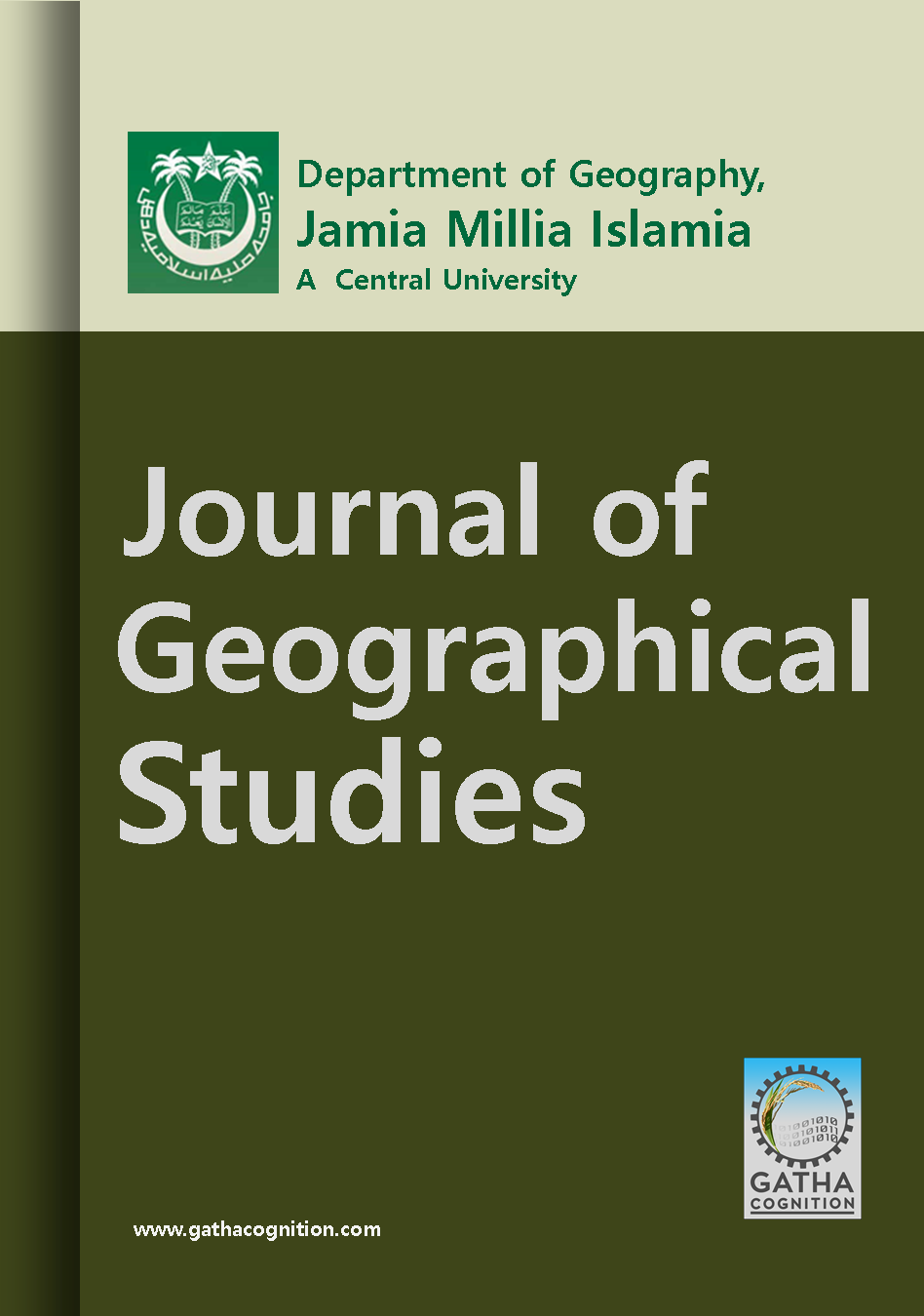Article Title :
Beyond the Brothels: A Qualitative Study of the Destitute Female Sex Workers of Central Delhi Red Light Area 
Anushree Nagpal , Atiqua Tajdar , Masood Ahsan Siddiqui , Mohammad Hassan , Suman Gaur , Mohammad Hashim
1 (2017)
26-36
Prostitution , Delhi , Sexually transmitted infections , Women , Sex workers


The term ‘sex workers’ refers to those involved in prostitution. This particular term is preferred as it does not have the derogatory, sexist connotation that the term ‘prostitute’ has. Belonging to a highly stigmatized profession with no financial and familial support forthcoming, the latter years of the lives of destitute female sex workers are spent in abject misery and poverty. Effort has been made to study the socio economic status and the ways adopted by these women, post active prostitution period, to support themselves and their families. This paper is based on the field study conducted in central Delhi red light area during August-September, 2016. Direct interviews with the respondents using questionnaires as well as participant observation techniques were used to collect the data. The study indicate that destitute female sex workers, once out of active prostitution, start working as domestic helpers, work with local voluntary organizations, or as helpers in brothels. The income earned is very meager with hardly any amount left to be saved. Most of the women live in one room rented accommodations. Their access to medical facilities was found to be extremely restricted.

Sex work has always been a stigmatised activity across the world.
The paper attempts to explore the latter age female sex workers based on primary survey in the red light area of central Delhi.
The women at latter age thrown away from the pimps and brothel system without any liability.
Almost all the respondents are poor and reported one or more communicable disease with poor health.
They have no familial and financial support and require social security and support from the government for livelihood with dignity.
Amin, A., 2004. Risk, morality and blame: A critical analysis of government and US donor responses to HIV infections among sex workers in India. Centre for Health and Gender Equity, Takoma Park, MD, USA.
Balfour, R. and Allen, J., 2014. A Review of Literature on Sex Workers and Social Exclusion. UCL Institute of Health Equity, U.K.
Lynda, M. B., Case, P. and Policicchio, D. L., 2003. General Health Problems of Inner- city Sex Workers: A Pilot Study. Journal of Medical Library Association, 91(1), 67-71.
Mishra, G., Mahal, A. and Shah, R., 2000. Health and Human Rights. Protecting the Rights of Sex Workers, 5(1), 85-119.
Robinson, C. C., 2007. Counterpoints. The classroom to the corner: Female Dropouts’ Reflections on Their School Years, 302, 21-36.
Sithannan, V., 2014. Immoral Traffic: Prostitution in India. Jeywin Publications, Chennai.
Weisberg, D. K., 1985. Children of The Night: A Study of Adolescent Prostitution. Toronto: Lexington.





